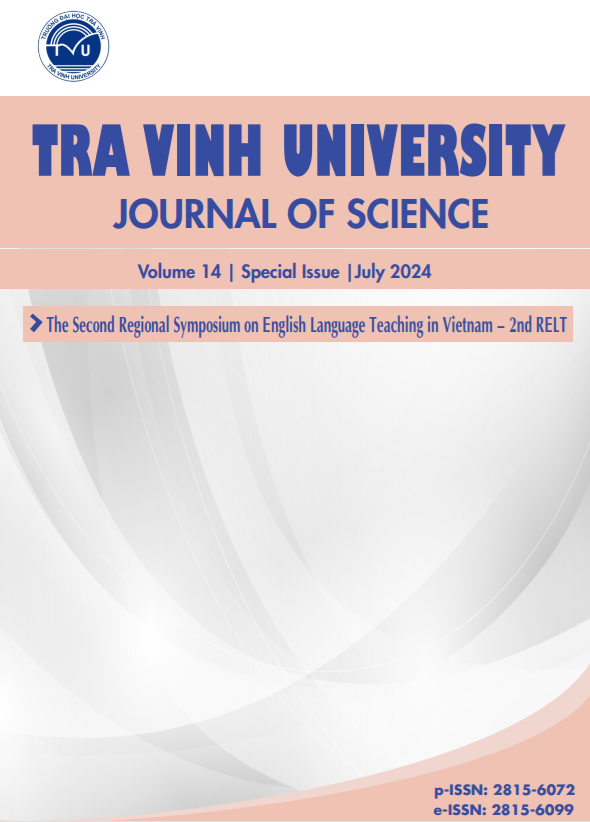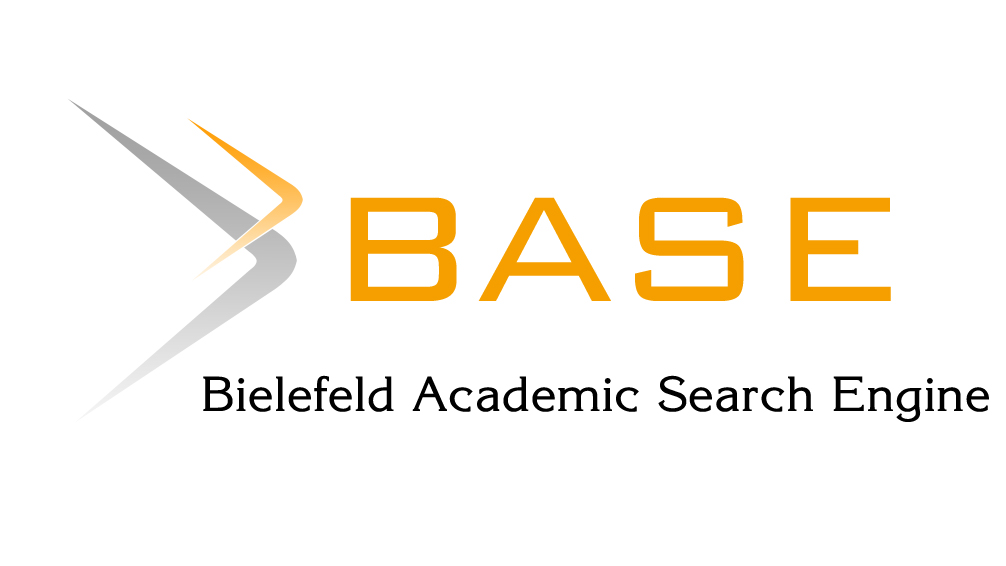INSTRUCTION-GIVING STRATEGIES IN NON-ENGLISH MAJOR CLASSES: A CASE STUDY IN THE MEKONG DELTA, VIETNAM
Abstract
In the era of integration, teaching and learning English is one of the significant issues in Vietnam. Effectively teaching and motivating students are perpetual concerns for educators. Providing clear instructions stands out as an essential method to trigger students’ learning motivation. This study was conducted at a university in the South of Vietnam. The descriptive study was carried out with 129 nonEnglish-major freshmen. The questionnaire was delivered to investigate the frequency with which teachers use strategies in giving instructions in EFL classrooms and students’ feedback on those strategies’ usage. The findings revealed that teachers flexibly combine all strategies when giving instructions in class. In addition, students
have positive feedback on the teacher’s instructions. This means that, in giving instructions, what the teachers do is similar to what students expect them to do. This study enriches the quality of English teaching and learning in order to meet
the learners’ needs.
Downloads
References
https://dictionary.cambridge.org/dictionary/english/
instruction [Accessed 15th May 2024].
[2] El Kemma A. Giving effective instructions in EFL
classrooms. International Journal for Innovation Education and Research. 2019;7(1): 74–92.
[3] Glaser KG. Instruction-giving in the primary English
classroom: Creating or obstructing learning opportunities? In: Lenz F, Frobenius M, Klattenberg R (eds.).
Classroom observation: researching interaction in
English language teaching. Switzerland: Peter Lang;
2020. p.57–83.
[4] Wirza Y, Sholihah UIA. Teacher talk in encouraging
students’ participation in the EFL classroom. In: 3rd
International Conference on Language, Literature,
Culture, and Education, 2019. Atlantis Press; 2020.
p. 287–293.
[5] Matheson AS, Shriver MD. Training teachers
to give effective commands: Effects on student
compliance and academic behaviors. School
Psychology Review. 2005;34(2): 202–219.
https://doi.org/10.1080/02796015.2005.12086283.
[6] Song G. Co-teachers’ coordinated gestures as resources for giving instructions in the EFL classroom.
Working Papers in TESOL & Applied Linguistics.
2016;16(2): 51–55.
[7] Sowell J. Good instruction-giving in the secondlanguage classroom. In: English Teaching
Forum. US Department of State: Bureau of
Educational and Cultural Affairs, Office of
English Language Programs; 2017;55(3): 10–
19. https://files.eric.ed.gov/fulltext/EJ1156495.pdf
[Accessed 10th March 2024].
[8] Bui Kieu Diem, Cao Thi Mai Thy. Teacher talk
in EFL speaking lessons and implications for
learner involement: A case study at a foreign English center in the Mekong Delta, Vietnam. European Journal of Education Studies. 2023;10(4).
http://dx.doi.org/10.46827/ejes.v10i4.4752.
[9] Hattie J, Timperley H. The power of feedback. Review of educational research. 2007;77(1): 81–112.
https://doi.org/10.3102/003465430298487.
[10] Lipnevich AA, Berg D, Smith JK. Toward a model of
student response to feedback. In: Brown GT, Harris
LR. (eds.) Handbook of human and social conditions in assessment. New York, NY: Routledge; 2016.
p.169–185.
[11] Harvey L. Student feedback. Quality
in Higher Education. 2003;9(1): 3–20.
https://doi.org/10.1080/13538320308164.
[12] Nguyen Hong Lien. Instruction giving in EFL classes
from a conversation analysis approach: a case study.
THAITESOL Journal. 2018;31(2): 1–19.
[13] S¸ en YU. Instruction giving practices in EFL classes.
Master’s thesis. Turkish: Gazi University; 2021.
[14] Dzulqodah S, Triani Q, Hendryanti R. Exploring
classroom instruction in online speaking classes:
a case study of Telkom University instructors. In:
20th AsiaTEFL-68th TEFLIN-5th iNELTAL Conference, 2022. Atlantis Press; 2023. p.620–631.
https://doi.org/10.2991/978-2-38476-054-1_53.
[15] Stratton SJ. Population research: convenience
sampling strategies. Prehospital and
disaster Medicine. 2021;36(4): 373–374.
https://doi.org/10.1017/S1049023X21000649.
[16] Noor S, Tajik O, Golzar J. Simple random sampling.
International Journal of Education & Language Studies. 2022;1(2): 78–82.
[17] Oxford RL, Burry-Stock JA. Assessing the use
of language learning strategies worldwide with
the ESL/EFL version of strategy inventory for
language learning. System. 1995;23(1): 1–23.
https://doi.org/10.1016/0346-251X(94)00047-A.









